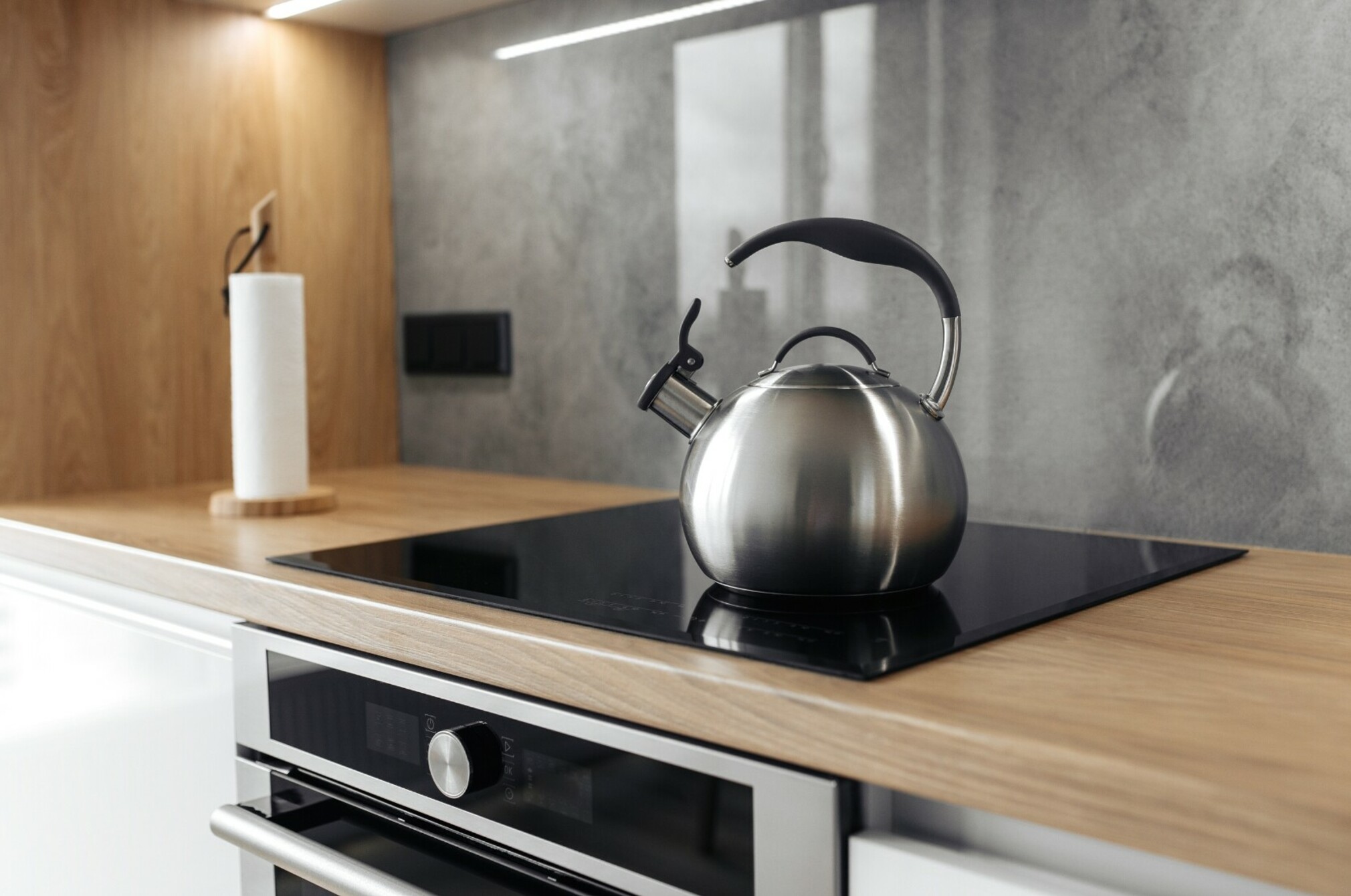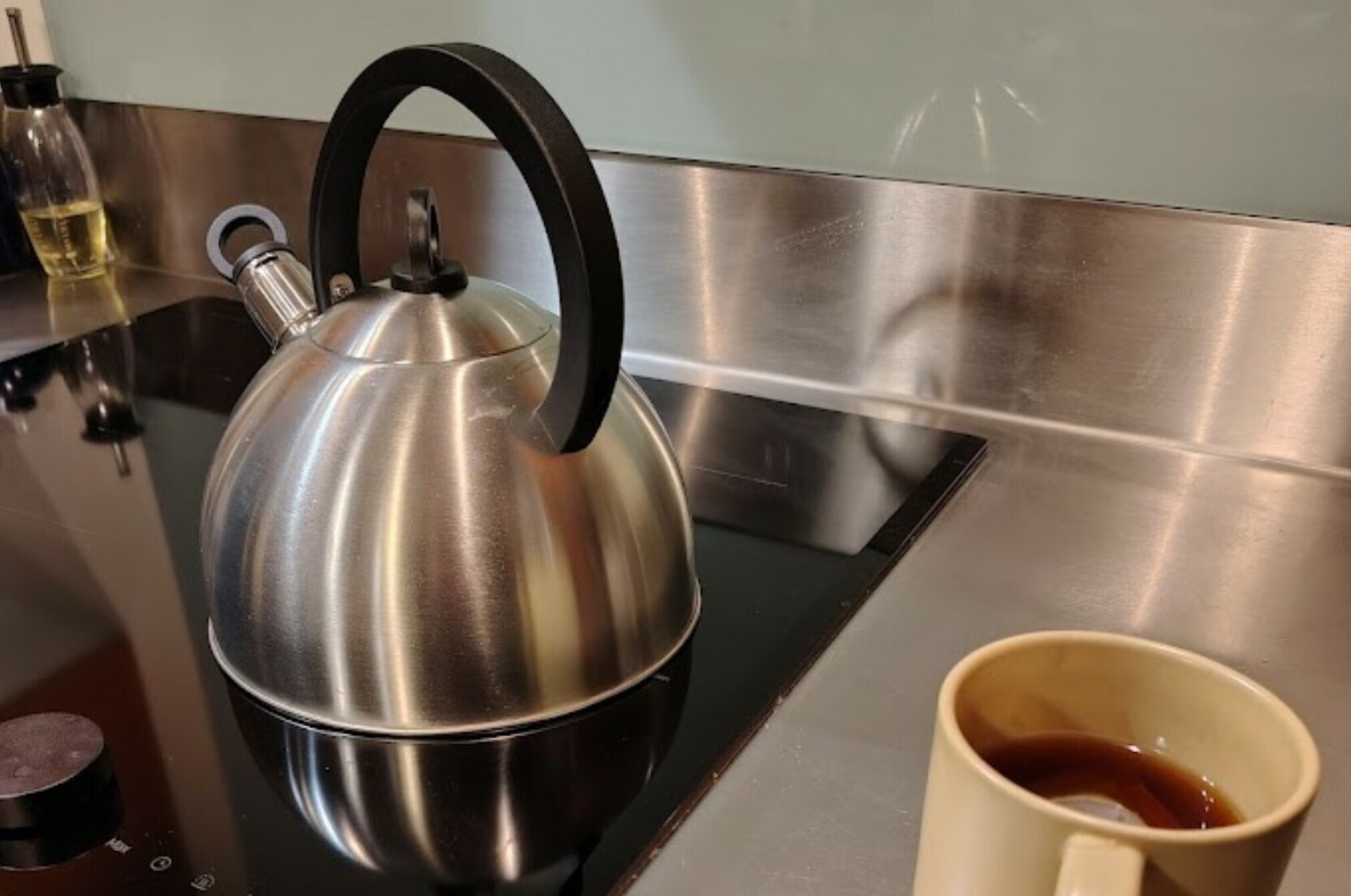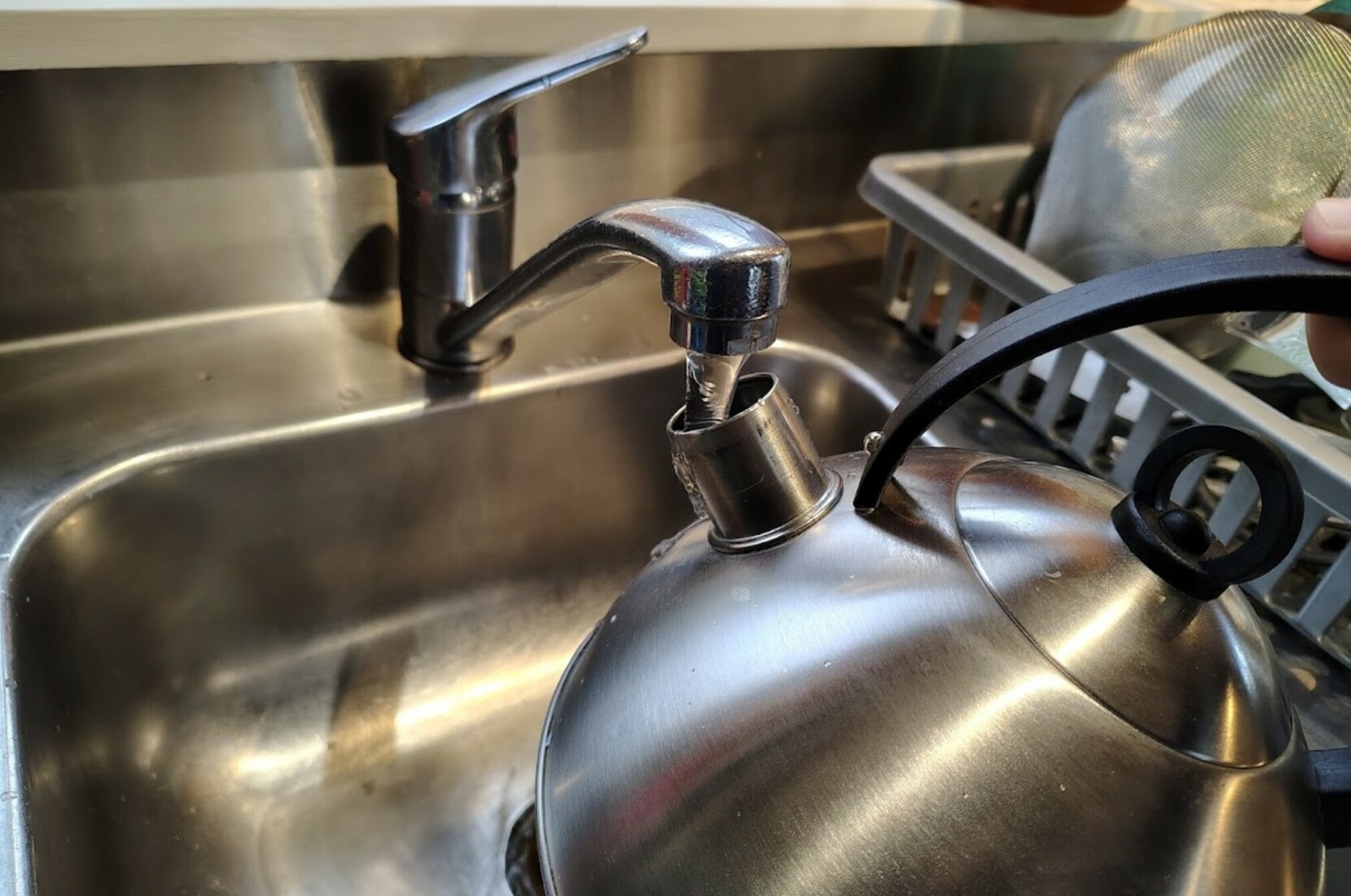Full steam ahead – is an induction kettle the fastest and best way to make a cuppa?

In my home, the kettle is the single most important appliance.
As a tea addict (it’s practically in my blood as an Englishman), I rely on the kettle many times a day to support my vice. Over the years, we’ve replaced multiple electric kettles due to simple failures, such as broken lid hinges and switches. It’s very frustrating as most of these simple problems can’t be fixed due to design or a lack of spare parts.
So, when we finally upgraded our aging gas cooktop to a space-age induction one, a new world of water boiling devices was revealed –induction kettles.
What is an induction kettle?

Not as futuristic as it sounds, an induction kettle is simply a stovetop kettle that has a magnetic (ferrous) metal in its base. This allows the kettle to heat on an induction cooktop. Induction cooktops heat by producing a high-frequency magnetic field that transfers energy into the metal, heating it up.
Induction kettles will also work on gas and ceramic cooktops.
Durable design with fewer components to fail
Doesn’t require plugging in
Wider-base models are easier to pour
Whistling models alert you to boil completion
Variety of stylish designs available
Very quick to boil (depending on cooktop).
Requires turning on the cooktop and selecting element temperature
Doesn’t automatically turn off after boiling like electric kettles do
No water level indication
Uses up an element on your cooktop – so less space for other pans.
Our trial of the Wiltshire Whistling Kettle
The Wiltshire Whistling Kettle is a stainless steel, 2.3L capacity, induction-capable kettle available from Briscoes. Ours was only $25 on special. It also comes in smart red and black finishes.
The Wiltshire is a wide-based kettle and is incredibly lightweight at only 427g when empty, which does make it feel a little less durable. The spout has a removeable whistling cap – we filled up from the spout as it was easier than wrestling with the main lid. The handle is hard edged and not particularly comfortable, but the balance and weight when pouring means it’s not much of an issue.
The design is a simple and stylish collection of forms, and the Wiltshire induction kettle certainly looks the business sitting on a sleek, black-glass cooktop.

Filling, boiling and pouring the Wiltshire induction kettle
Filling through the top is easy if you can be bothered pulling off the lid – the spout’s whistle cap being easier to remove. However, the top has a nice wide opening, which makes it easy if you need to fill to the top.

Boiling in the Wiltshire induction kettle sounds much the same as in an electric kettle until it reaches full boil and the whistling starts. It’s loud, and if you don’t get to the kettle quickly enough it will blow off the whistling cap! We quickly got used to lifting the kettle off the cooktop as soon as we heard the whistling start up to avoid blast-off!

Once boiled, you pull off the cap (if it hasn’t already entered the stratosphere), and then pouring is easy. That’s because of the low centre of gravity and low-positioned wide spout. You don’t have to twist your wrist too much to pour, and the kettle pours smoothly and quickly without drips.
Boiling performance of the Wiltshire induction kettle
I tested boil time of the induction kettle against a Russell Hobbs electric kettle rated at 2.2Kw.
Boiling 1L in each kettle, the times were:
I did two tests for the cooktop. These were:
on the high setting, which is rated at 2.2kw
on the max setting (sometimes called ‘boost’ or ‘turbo’ on other cooktops), at 3.3kw.
It stands to reason that the max setting on the induction cooktop would be faster. However, the Wiltshire induction kettle makes a considerable difference, taking less than 2 minutes to boil the litre, one-third faster than boiling with the electric kettle.
Cost per boil is also the cheapest on the induction cooktops max setting at around 3.0c. Despite the electric kettle and induction kettle on the high setting sharing the same power rating of 2.2kw, the induction kettle is a little cheaper to boil at 3.2c versus 3.4c for the electric kettle.
Over the course of a year (assuming six boils per day), you’d save just shy of $9 using the induction kettle on max setting compared with the electric kettle. However, I’m more excited to tell you that you’d also save a princely 48 hours using the induction kettle – that’s a whole weekend!
Should you buy an induction cooktop to make a cuppa?
Probably not if you’ve already got a functioning cooktop! But if you’re in the market for a new cooktop, take a look at our buying guide to help you decide. Then we can help you choose the best cooktop for your needs with our induction cooktop test reviews.
If you already have an induction cooktop, you should consider getting an induction kettle – there are many designs out there to choose from to suit your taste.
I’d not recommend the Wiltshire due to its projectile removeable whistle cap. There are kettles out there with hinged caps, which are more user friendly. But for the price of the Wiltshire, you can’t really complain!
We've tested 48 jugs and kettles.
Find the right one for you.



Member comments
Get access to comment